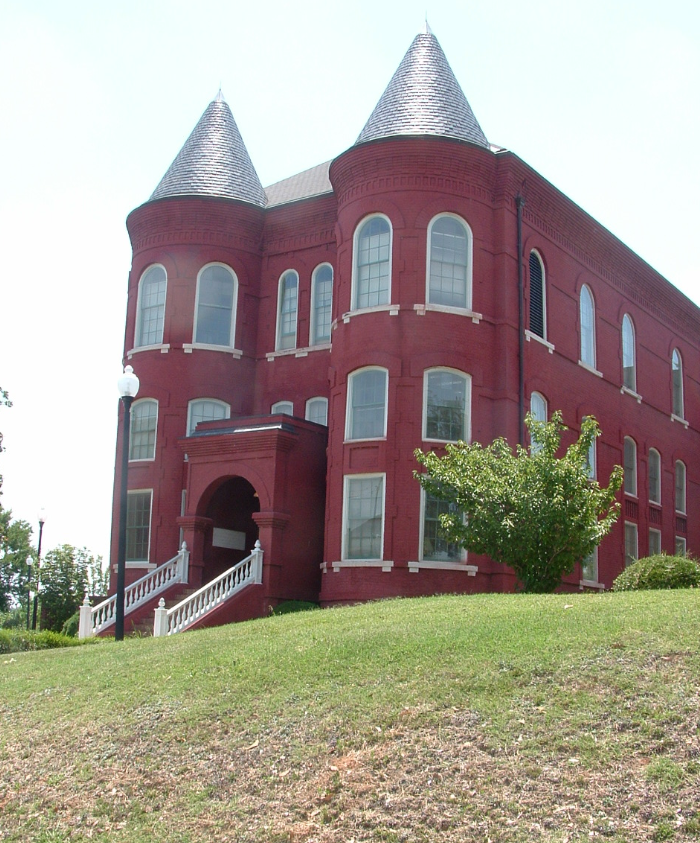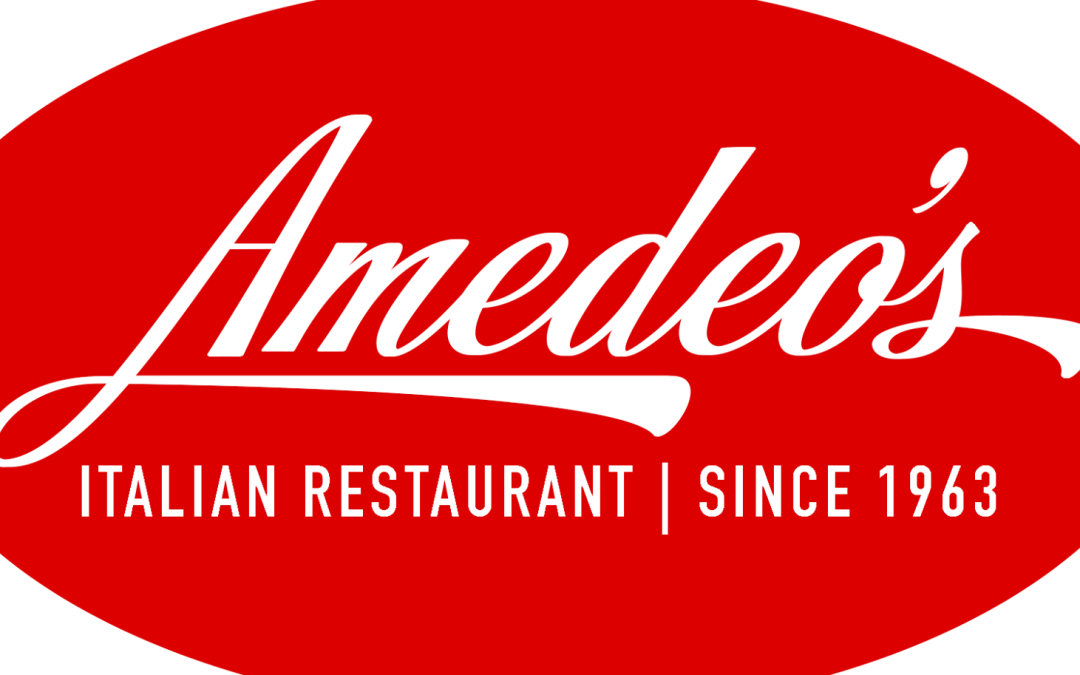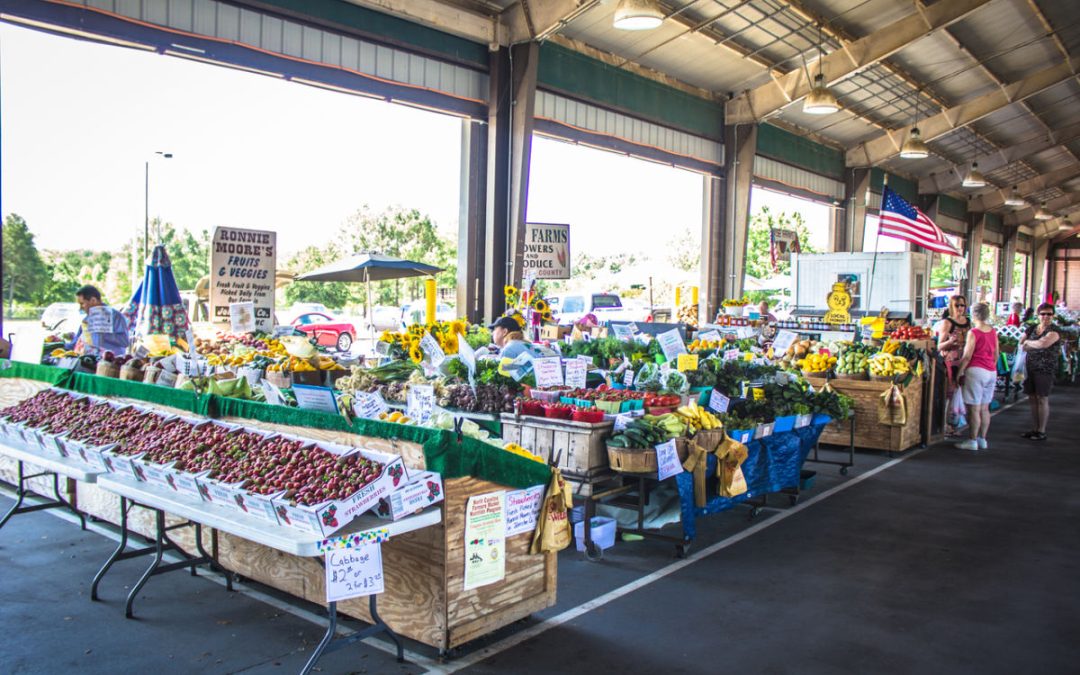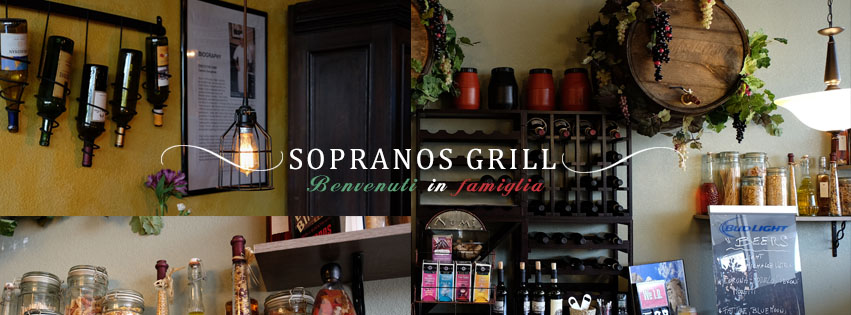Located within the vibrant heart of North Carolina’s capital, the East Raleigh-South Park Historic District stands as a poignant reminder of the African American community’s enduring legacy and spirit. This historically rich area, sprawling over approximately 30 blocks south and east of downtown Raleigh, encapsulates the largest African American neighborhood in Raleigh. Its boundaries, roughly framed by Bragg, East, E. Lenoir, Alston, Camden, Hargett, Swain, Davis, and S. Blount Streets, house a collection of residential, religious, and commercial buildings that each narrate a chapter of African American history and culture dating back to just after the Civil War.
The district’s architectural tapestry weaves together stories of resilience, community, and heritage. Most of the residential structures constructed between 1900 and 1940 exhibit a range of styles from Craftsman to Colonial Revival, with a noticeable presence of vernacular housing styles such as shotguns and triple-A cottages. These homes, characterized by their close proximity to the street and well-tended gardens, paint a vivid picture of the working-class and middle-class families that have called East Raleigh-South Park home. Notable buildings within the district, such as Estey Hall and Leonard Hall at Shaw University, serve as significant landmarks, further underscoring the area’s historical importance.
The story of East Raleigh-South Park‘s development is a testament to the area’s evolution from post-Civil War settlement to a bustling African American community through the mid-20th century. Following the Civil War, African Americans began moving into Raleigh in increasing numbers, drawn to the southeastern part of the city for its connection to significant institutions such as Shaw University, the School for the Negro Deaf, Dumb, and Blind, and Second Baptist Church. These institutions played pivotal roles in fostering an environment conducive to educational growth and social advancement. As the community’s middle class expanded, so too did the architectural diversity and homeownership in the district.
The neighborhood’s composition highlights the unique blend of cultural and economic influences that shaped its development. Both African American and white real estate developers contributed to the area’s growth, reflecting a complex tapestry of collaboration and ambition. The presence of Shaw University, in particular, catalyzed the transformation of East Raleigh-South Park into a cultural hub for African Americans by the late 19th century. This evolution continued into the early 20th century as the subdivision of South Park began in 1907, drawing more residents to the area with its Craftsman, Colonial Revival, and Neoclassical homes.
In recent decades, East Raleigh-South Park has witnessed significant changes and redevelopment efforts initiated partly by the City of Raleigh’s housing authority to rejuvenate the neighborhood and enhance its infrastructure. Despite these modern transformations, the district remains a vibrant testament to Raleigh’s African American heritage, preserving the memory and achievements of its historic inhabitants while continuing to adapt to the evolving needs of its current residents.
Today, the East Raleigh-South Park Historic District commemorates its past and embraces the future. Preservation efforts and community involvement are critical in maintaining the identity and integrity of this unique neighborhood. As a living museum, East Raleigh-South Park offers residents and visitors an opportunity to engage with the enduring legacy of Raleigh’s African American community, showcasing the strength, creativity, and resilience that have defined its history. Through these ongoing efforts, East Raleigh-South Park remains a vital and dynamic part of Raleigh’s cultural landscape, fostering a sense of pride and belonging among all who call it home.
Sources: en.wikipedia.org, rhdc.org
Header Image Source: en.wikipedia.org






